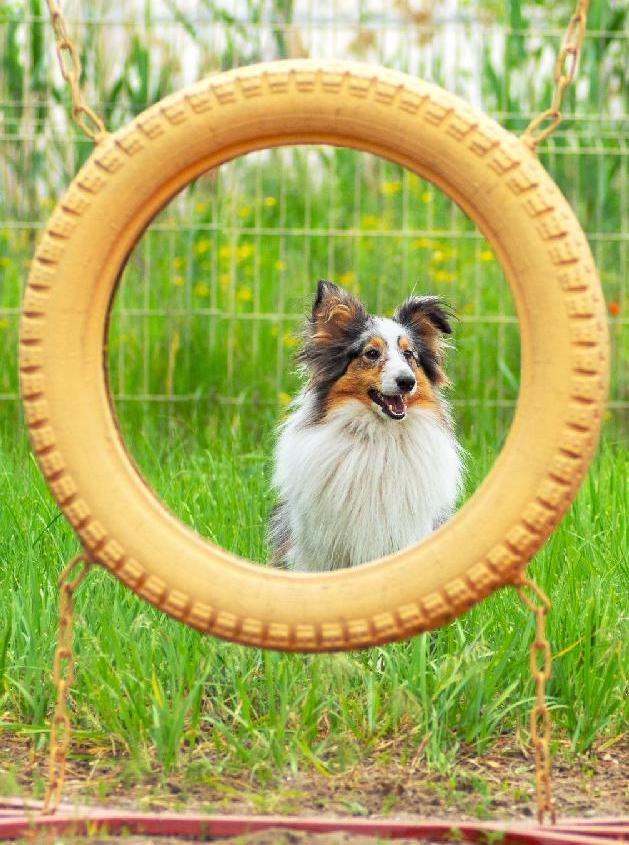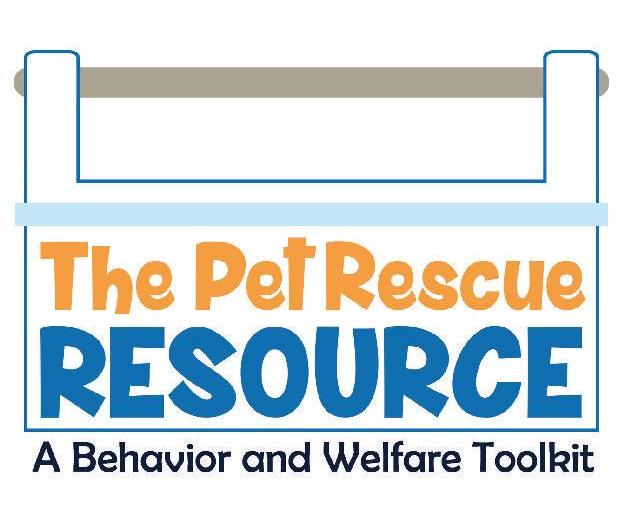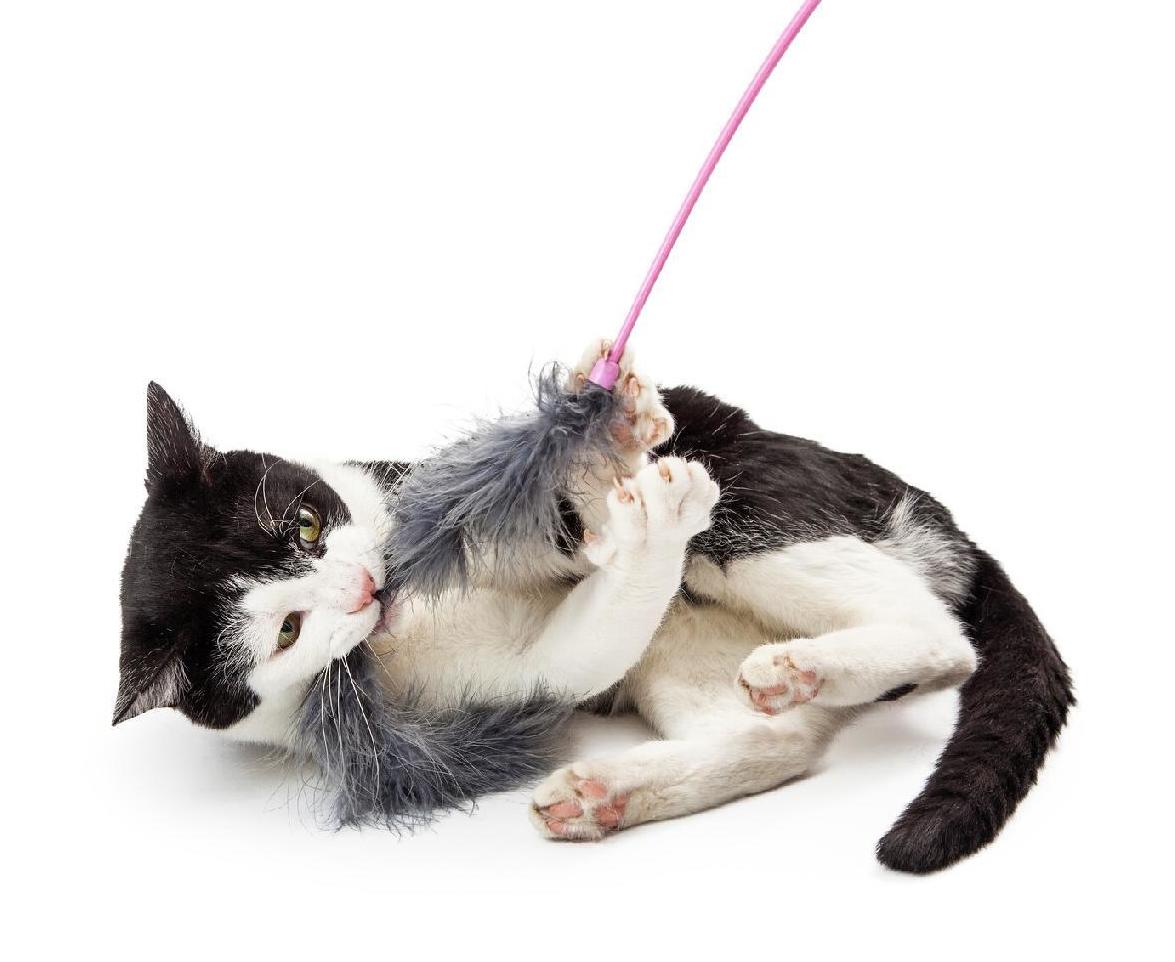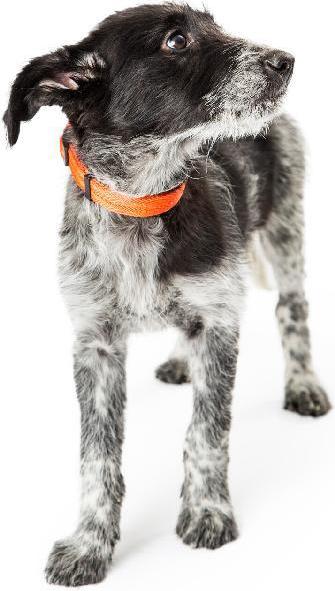
20 minute read
First Dogs adapt to their new home
A Positive Strategy
Success on the agility course means starting right at the beginning, allowing dogs the time they need to acclimatize to the training environment Tamsin Durston discusses delivering agility or sports dog training classes from a behavioral perspective, to ensure optimal mutual communication and environment setup so both dog and handler can thrive
Advertisement

As I set up my dog on the start line of an agility course, I
want her to feel excited and exhilarated. At the same time, I also want her to feel relaxed within the environment and completely engaged with me, focused on my communication and maintaining our connection throughout this adventure together. In human psychology we talk about ‘flow’ as being ‘in the zone,’ i.e. giving the task at hand our full attention, oblivious to whatever else is happening. Flow is also what we want to achieve with our sports dogs and what effective training sets out to nurture. As an agility instructor, I believe that an understanding of dog behavior can help us do just that.
Preparation is Key
First things first. Aiming for success means starting right at the beginning, allowing dogs the time they need to acclimatize to the training environment. Feeling safe is vital for dogs’ wellbeing, so it’s unfair to expect them to perform if we haven’t first given them the chance to learn what they need about the environment to feel secure within it – whether it be a new training space or a showground. These have much potential to overload the senses and overwhelm any dog, not to mention intimidate their guardian.
Asking a dog to put in the effort required to complete an exercise when they’re not quite comfortable within the space risks making them feel emotionally conflicted. They might have the desire to work for their reinforcement, founded in our relationship with them, but simultaneously need to learn more about the environment before being able to fully commit to the learning experience. For some dogs, it might be preferable to opt for onetoone lessons to begin with so they can build their confidence within a positive association with the environment, instructor and sport before they’re asked to cope within a class setting.
Because, ultimately, it is our decision to undertake sports dog
training, one question to always ask our dogs is, ‘Do you want to play this game with me, right here right now?’ and respect our dogs’ feelings and choices.
Just as guardians are responsible for ensuring their dogs feel safe, instructors should feel obliged to create an environment in which guardians can thrive, where they feel confident and capable in guiding their dogs and unafraid to request greater support should training not go as hoped or planned. This means creating a space in which guardians too feel safe, empowered and able to relax and enjoy the training experience, maintaining an approachable, communicative conversation to help guardians achieve their goals for themselves and their dogs.
Instructors can do much to aid guardians’ feelings of achievement and improvement, and we must remember that positive reinforcement should not just be reserved for the dog. The more confident and supported our guardians feel, the more this positive emotion will impact their dogs, so helping guardians identify successes is key.
Information
Every interaction we have with our dogs, whether we achieve what we had expected or desired, or not, is helpful. It gives us information to take forward into our next training session, so we should feel as though we always benefit because we, just like our dogs, are always learning. As long as we use this information wisely, to guide future practice and not continue to repeat mistakes, then we can look at errors as a helpful part of our road to success. Instructors are key to helping guardians overcome feelings of selfdoubt and optimally applying lessons learned.
At Trent Park Dog Agility Club in North London where I am an instructor, our beginner course includes a threesession introduction aimed at allowing dogs to acclimatize to the training environment while other classes are happening nearby. During this time, we allow the dogs to explore and sniff (on leash) and then begin to reinforce focus and engagement with their guardians amid the various distractions, strengthening the guardiandog relationship.
Once dogs feel secure and can concentrate, we introduce valuable skills, including: • Toyplay (which could be a foodtoy such as a Clam for dogs who prefer food in this setting). • Being examined by their guardians – so they’re confident being checked over in that environment, if necessary. • Having both their guardian and the instructor hold their collar, which is often helpful during training, but unless a dog learns to associate it with pleasant feelings, could put them under a great deal of pressure, unnecessarily.
During this time, it’s also important to reinforce the need for appropriate spacing between dogs, to remove any additional pressure from being too close to anyone else. Some dogs might be worried about unfamiliar dogs being too close to them, or their things. Others might be expecting to interact with other dogs, so become frustrated now they can’t. We help guardians understand why dogs respond in different ways, based on a combination of factors, including genetic makeup, previous experiences, mood and current health, and provide guidance for different situations. Consistent spacing out right from the start means we can steadily work on calmness and confidence when gradually queuing closer together, because dogs will need that skill for competing, once they’re more comfortable within the environment.
We also work on recall amongst distractions, and emphasize the importance of teaching dogs to wait patiently for their turn. It’s unfair to expect a dog to settle within such an arousing situation unless we’ve first helped them practice doing so, making this a highly reinforcing activity. For the same reason, teaching a ‘switch on/switch off cue’ helps dogs clearly discriminate between times when their full attention is expected and times when they can just relax, regardless of what’s happening around them. This means a dog needn’t feel anxious or frustrated
Aiming for success means starting right at the beginning, allowing dogs the time they need to acclimatize to the training environment. Feeling safe is vital for dogs’ well-being, so it’s unfair to expect them to perform if we haven’t first given them the chance to learn what they need about the environment to feel secure within it

about what is expected of them and when reinforcement is available. It’s also helpful for guardians learning to manage dogs safely, so they can ensure their dog is in a positive emotional state during training sessions. This will help learning consolidate and embed into memory.
Equipment Setup
We should consider a dog’s feelings when preparing training courses. For example, some dogs might feel emotionally conflicted when required to work close to spectators, especially if there are other dogs present. Factoring in spectator positioning when course designing will help reduce pressure, and with careful management we can gradually build up to dogs working with spectators a little closer as their confidence grows. Some dogs might be anxious about their resources too, so being mindful of where guardians have left bags, jackets, treats and toys can also help alleviate anxiety, should anyone else move too close to these for comfort.
We sometimes forget just how environmentallyaware our dogs are, so even small, simple measures can make a real difference to the quality of our training sessions, because they help a dog feel more secure and therefore better able to learn.
Warm Up, Groundwork and Cool Down
Physical health, fitness and a balanced body create a strong foundation for the mind. The negative impact of pain on behavior is wellevidenced – for both guardian and dog. However, for many dogs, the desire to per
© Can Stock Photo / herreid Handlers should always take into consideration if their dog wants to engage in a sport at any given time and respect the dog’s feelings and choices
form a specific behavior with reliable strongly reinforcing outcomes is likely to override a relative amount of pain or discomfort. Our observational skills are therefore hugely important in ensuring a dog is not masking an injury, risking it worsening. Warming up provides the perfect opportunity to assess a dog’s action, while preparing all joints and muscle groups for exertion and simultaneously engaging their mind.
Warming up as a group allows both instructor and guardian to observe how each dog is feeling about the other dogs/people present. It also offers the opportunity to become used to any new dog present, as guardians may not realize how unsettling an unfamiliar dog can be.
Groundwork exercises, like trotting poles and pivoting with front paws raised on a low platform, can aid fitness, strength and balance as well as a dog’s understanding of their body placement – all of which can help create a more calmly focused mind. These can be incorporated into beginner courses, so guardians enter their agility adventure understanding how to physically and mentally prepare their dogs for the sport. Guardians can become more aware of their dogs’ bodies, natural movement and limitations, and are able to work on specific areas to improve suppleness and strength. For serious competitors, a trusting, consistent relationship between guardian, vet and physiotherapist will be extremely beneficial in helping dogs reach peak condition in a healthy way, minimizing injury risk, as a tailormade exercise program can be prescribed.
As with the warmup, a cooling down period, including gentle stretching, after every training session will not only assist with physical recovery from the activity, but also signal to the dog the training session is ending. This can be helpful psychologically, especially for dogs who find the training environment particularly arousing.

Understanding Communications
Having dogs feel good about training optimizes learning, but how do we know how they’re feeling? Dogs communicate through body postures, expressions and movements, vocalization and chemical signaling. The more practiced we are in observing our dogs, and the more we understand about what different body signals mean in different contexts, the better interpreters we’ll become. As such we are better able to help our dogs feel the best they can about whatever’s happening from moment to moment.
A common example is a dog who, despite understanding a verbal cue to “wait” at the start line, begins to lick their lips as their guardian moves away and then breaks position to start sniffing around on the ground. Often written off as ‘disobedience’ by guardians, who may consequently display annoyance, frustration or disappointment, these behaviors could actually be signs that the dog is anxious. Sniffing around can be a displacement activity in response to emotional conflict – the dog is torn between the sitting still and a competing desire to move, for what could be a wide variety of reasons. Perhaps they’re too close to spectators or feel uncomfortable taking up that position if they’re sore, or perhaps they’re worried because they sense their guardian’s tension but can’t explain it. My dog once explained to me she was ever so sorry but couldn’t sit as the ground was too nettley, but she would stand and wait instead – which was absolutely fine by me.
Another example might be a dog who barks repeatedly as their guardian guides them around a course, perhaps even grabbing hold of them or jumping up to grab their toy/treat. Again, this could be interpreted erroneously (and anthropomorphically) as ‘naughtiness.’ However, this kind of behavior could signify a dog who really doesn’t

© Can Stock Photo / herreid (Above) Physical health, fitness and a balanced body create a strong foundation for the mind
(Below) With dogs so expert at reading human emotional expressions, their behavior will often be influenced by how their guardian is feeling



© Can Stock Photo / dodovava Some dogs might be worried about unfamiliar dogs being too close to them or their things, and this should be taken into consideration in a class setting Teaching a ‘switch on/switch off cue’ helps dogs clearly discriminate between times when their full attention is expected and times when they can just relax
understand what is expected of them so is frustrated, desperate for some clear communication and seeking reinforcement. Anxious dogs might grab at their food treats or toys with greater intensity and even nip guardian’s hands in the process, which guardians can be surprised by because ‘they’re always so gentle at home.’ This tells you this change in behavior is related to how the dogs feels within the training environment.
Individuality
It’s important to remember that any individual dog may perform any of the behaviors we know to be typical of canines (so, for example, you can have sighthounds that dig, or terriers and gundogs that herd). By understanding each individual dog’s desires and preferences, we are better able to provide reinforcement in the most meaningful way to them. This enhances the learning experience and boosts their enjoyment and mood within the training session. We shouldn’t necessarily expect dogs to behave a certain way just because of their breed as that might become a barrier to us actually finding out who they really are. Rather, we can use a dog’s own individuality to create positive outcomes. For example, some dogs might enjoy parading their toy around at the end of an exercise. Others might prefer a quick chase of a food toy in order to capture it and eat a treat from it. But are we doing our dogs a disservice if we simply impose our own chosen reinforcement approach without offering different options so we can see what they would naturally choose? Living and learning with our dogs is a partnership after all, created by each dog’s and guardian’s personal uniqueness combined.
Being fully prepared to encourage a variety of handling and reinforcement styles across groups of individual dogguardian partnerships means positive results are more likely. The real answer here is that with agility, or any dog sport, there’s no onesizefitsall in training, so instructors benefit from a broad understanding of dog behavior and learning theory. The more proficient instructors become at reading dog communication, the better they can help guardians understand why their dogs are behaving as they are, where their behavior is associated with negative feelings, how to prevent this proactively, or how to respond appropriately. In doing so, they can minimize confusion, frustration and anxiety for all.
© Can Stock Photo / dodovava
The Influence of Handling
With dogs so expert at reading even our subtlest emotional expressions, their behavior will often be influenced by how their guardians are feeling. We also need to be mindful of the effect of our own behavior on the way our dogs are feeling, otherwise we risk inadvertently placing them under unnecessary psychological pressure. It can help guardians to reflect on their motivation for attending sports sessions, e.g. how competitive they are and whether they’re naturally judging their own performance against others and/or their expectation of what they and their dog should be achieving. Guardians should be encouraged to focus on their unique improvement based on their own previous performance and achievement with this dog, as it’s unfair to compare themselves – or the dog – to anyone else.
As well as creating a safe and secure learning space for guardians, encouraging them to keep training diaries, or videoing sessions so they can witness continued improvement, can be hugely helpful in minimizing guardian displays of frustration when the outcome of the training session is not what they had hoped for. These can be extremely demotivating for a dog and create performance anxiety. Overt manifestations of guardian frustration such as sighing, groaning and raising hands can be really damaging for a dog’s confidence, so making guardians aware of this and helping them consistently recognize and reward effort is important in maintaining a dog’s enthusiasm for the activity. Even though we might be frustrated at ourselves, nonetheless the way guardians respond when things go wrong really plays a part in how much their dogs might want to try again. Sensitive dogs might become completely withdrawn should their guardian display disappointment for example, and reluctant to try again for fear of their guardian displaying negative emotions. Instructors can help by showing empathy for how guardians are feeling, but at the same time helping them remain in the present, connected to how their dogs are feeling and reminding them that there is always helpful information to be gained when things don’t turn out as we’d hoped. We can use this information for future proofing and still reward dogs for their willingness and effort, helping build resilience in both guardians and dogs.
Communication is Vital
Whatever our motivation for training, clear, consistent communication about what is expected of our dogs and how they will gain reinforcement really helps them engage cognitively and physically, optimizing the learning experience. Practicing without the dog enables guardians to get things right for themselves before trying to communicate effectively to their dogs, gaining muscle memory about where and how to position themselves, as well as how and when to mark behavior and deliver reinforcement in the most meaningful way. We want our dogs to LOVE what they’re doing, whether waiting still at the start line or soaring over a jump, and the mechanics of our own behavior can help bring about this love. We just need to be aware we can also create the opposite feeling too, and we owe our dogs so much more than that.
Applying Learning Theory
Learning is emotional for everyone involved, and emotions will affect the behavior of both handler and dog. For the dog, the learning experience requires problemsolving ability, the need to work out exactly how to gain access to the desired available reinforcement. There could be a myriad of possibilities, especially if the environment, including their handler, isn’t offering much in the way of guidance. Some dogs will offer behaviors that have worked in the past, some will try out something new, while others might wait for more information. Whenever reinforcement isn’t delivered as the dog expects, unless they have the confidence to keep making an effort to gain reinforcement, and the understanding that this will be worth it, we might see frustration, demotivation or complete withdrawal. We can build a dog’s confidence and resilience during training sessions through clear and consistent communication and by reinforcing effort, so they’ll maintain a desire to want to problem solve when reinforcement doesn’t happen as expected.
This is also where it might help to be able to provide the dog with encouragement to keep going or try again/try something else. This means that when they do ‘get something wrong,’ rather than just reset them, we can still verbally/physically reward and reinforce effort while withholding their most desired reinforcement for ultimate success. These types of signals not only give the dog useful information that can help their confidence, but also provide guardians with something rehearsed to do other than display disappointment or frustration.
We might also need to increase the rate at which we reinforce behaviors we desire, particularly when waiting for our turn and teaching our dogs to cope with settling in between runs. It’s important, then, to be able to recognize times when our dogs do require greater input from us. For example, a dog who can settle beautifully in the park, watching everyone else go about their business while having the odd treat dropped down to them, might require a steady stream of treats in the training environment due to the sheer sensory input and fast pace there. Guardians might need support with understanding that this is due to how the dog feels and not a reflection of how well they’ve taught their dog to settle. Unless they understand why this is happening, and the need for taught/deliberate generalization, guardians might become frustrated that their dogs do not seem to be able to perform behaviors that are reliable within other environments.
…for many dogs, the desire to perform a specific behavior with reliable strongly reinforcing outcomes is likely to override a relative amount of pain or discomfort. Our observational skills are therefore hugely important in ensuring a dog is not masking an injury, risking it worsening.
Knowing When to Stop
Another common training approach is to always ‘finish on a positive.’ However, when a specific exercise is found to be difficult, it might create a desire to have ‘just one more go’ to get things right. This can quickly escalate into more attempts and, consequently, pressure felt by the dog as the guardian becomes more desperate to reach their expected result.


We should consider a dog’s feelings when preparing training courses. For example, some dogs might feel emotionally conflicted when required to work close to spectators, especially if there are other dogs present.

© Can Stock Photo /IrinaSafonova Dogs are extremely environmentallyaware, so even small, simple measures that take into account their emotional states can make a real difference to the quality of a training session This can create anxiety, loss of confidence and a dog less likely to perform. Knowing when to stop and actually stopping – not being greedy and wanting just one more rep if our dog is smashing it – is a real skill and needs practice. It’s important to remember that every training outcome, whether it is what we expect or not, provides valuable takehome information to make the next session even better.
A positive strategy involves always planning a quick, easy win for the dog to end every training session. Incorporate something simple the dog will enjoy and can excel at, such as a flowing gridline of jumps, before moving into the cooldown activity that signifies ‘end of play.’ End every session making your dog feel like they are the ‘best dog ever,’ because, of course, they are! This is how you want them to enter and leave the training environment: utterly joyful.
In summary, training sports dogs from a behavioral perspective is all about taking the time to make sure our dogs are feeling safe, secure and confident. This means watching out for how they communicate their feelings and responding appropriately, as well as communicating clearly, considerately and consistently. Solid foundation skills, including confidence and resilience, for times when a guardian might communicate frustration or anxiety themselves, take longer to build than we might think. But think of these as a gift we give our dogs. As such, should we struggle later on when training more complicated movements, instead of seeing our dogs fall apart, we have established robust, solid roots that hold them up high.
Our dogs give us so much pleasure, we owe it to them to do what we can so they live their best lives, always. n Tamsin Durston is a clinical animal behaviorist, dog training instructor and registered veterinary nurse. She believes in the importance of an empathetic and understanding relationship and that learning should be fun for both guardian and dog. She currently works within
Dogs Trust’s Canine Behaviour and Research Team creating welfare driven, evidenced-based educational resources and materials for professionals and guardians alike. Dogs Trust is the U.K.’s largest dog welfare charity.
If you are a Pet Rescue Hero, Adopter, Foster Home, Professional Pet Trainer or Pet Care Provider
Then This Toolkit Is for You!

Brought to you by
uild
We created the Pet Rescue Resource as an online toolkit to help improve adoption and retention rates of homeless pets for use by Shelters and Rescues, Adopters, Foster Homes, Professional Pet Trainers and Pet Care Providers.
Includes articles, step-by-step training plans and videos. Designed to support staff and volunteers in addressing common behavior and welfare issues. Designed to be used by handlers – with or without behavior modification experience – to minimize additional work for busy staff and volunteers.










